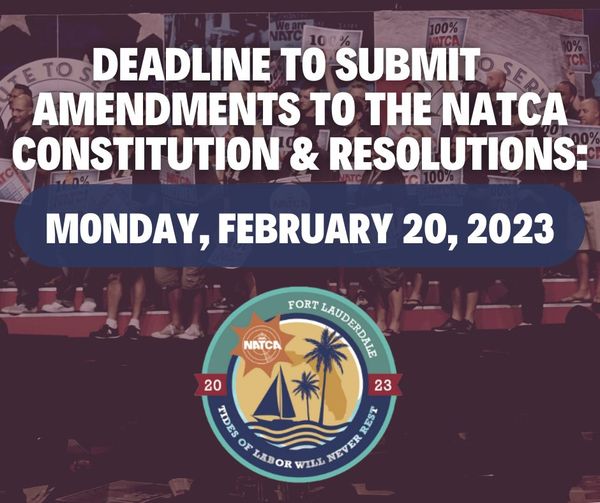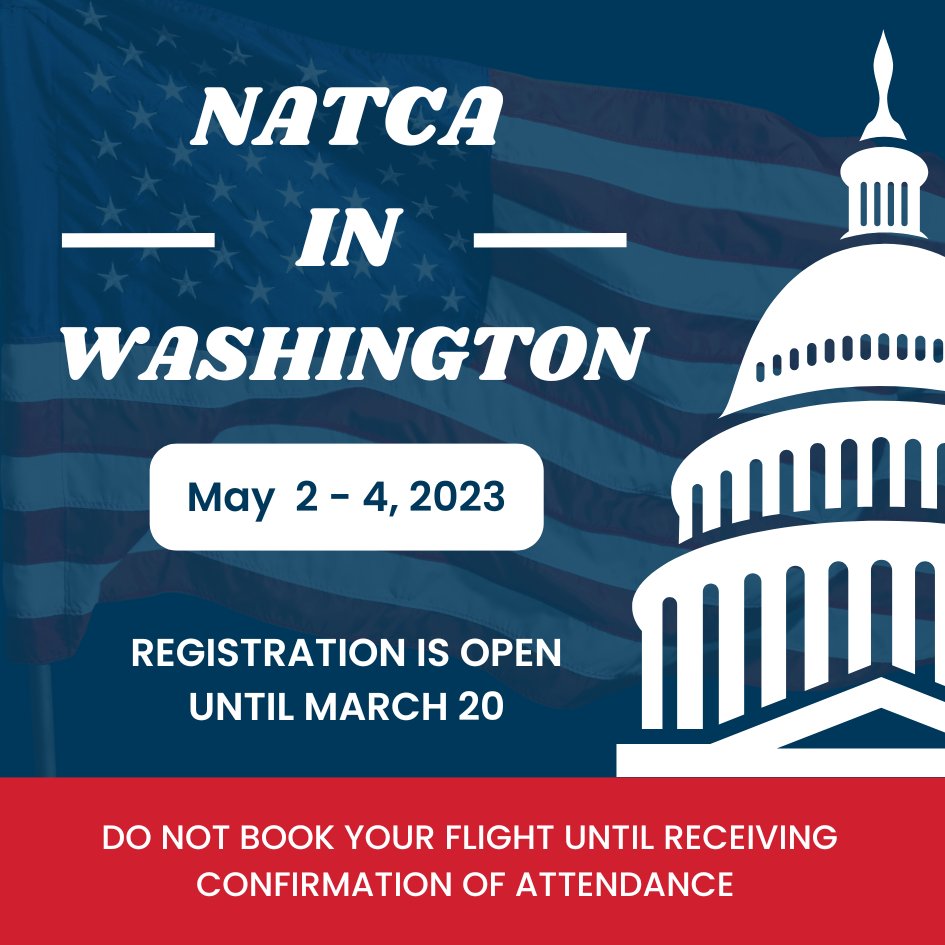
February 2023 New England Bi-Monthly Regional Update #2
From Bryan Krampovitis, NATCA New England ARVP
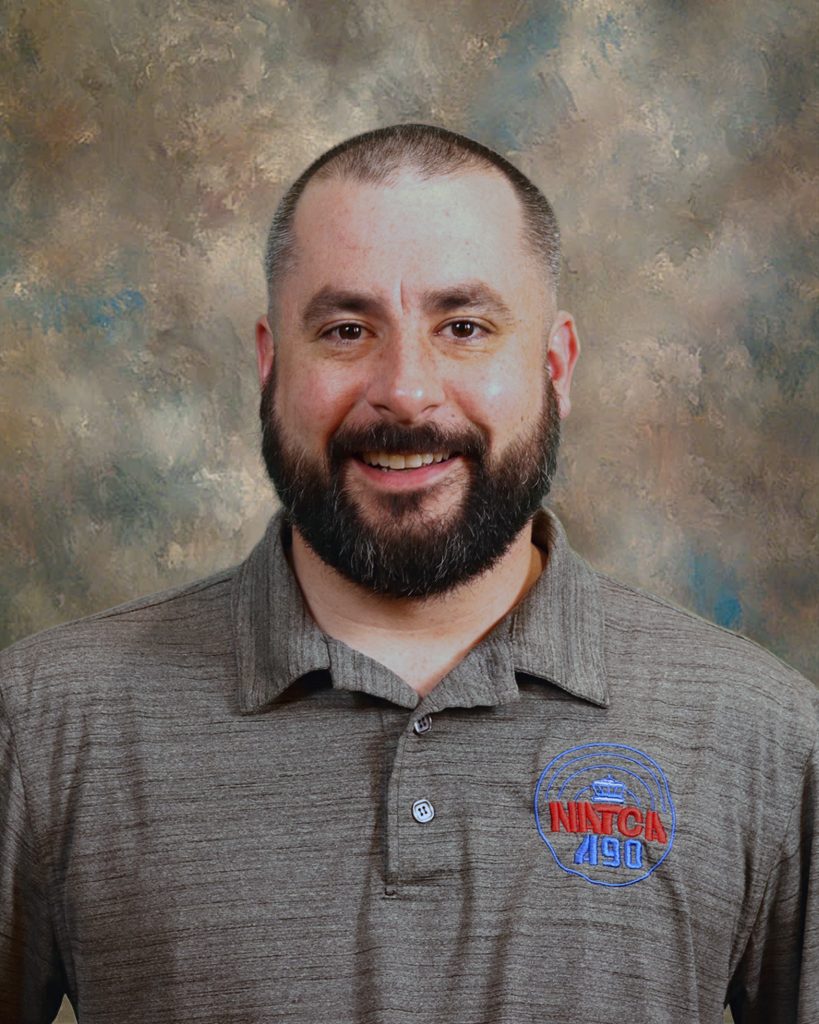
Why 1.6%?
If you have more than a year in the agency you are aware that in the first pay period of June, controllers under the slate book receive a 1.6% raise. But why 1.6%? Where did that amount come from?
It goes back to the green book when the ATCS pay bands were established. Under the GS pay bands previously in place, employees received “step” increases. You would start in your pay grade, like GS-11 step 1, and receive step increases as your years of service increased, with a minimum of 18 years from step 1 to step 10, the highest step in each grade.
When the ATCS pay bands were made, each pay level had a bottom and top of its band. A mechanism had to be made to move within the pay band, similar to the GS pay and steps. This is where 1.6% came from. The June raise is structured to move you in the band throughout your career. Regardless of what level facility you go to, if you stay there and the facility level never changes, it takes 19-20 years at CPC pay to reach the top of your respective band. This allows most controllers, depending on their age at hire, the ability to reach top pay, maintain it for three years, and retire at the top of their respective pay level.
Recently, Congress introduced legislation pushing for an 8.7% raise for next year to GS employees in January. This, like all January raises, would raise the bottom and top of each of our pay bands. This move is to combat rising inflation and keep government employment competitive with the private sector. That is, and always was, the purpose of the January raises.
Outside of those two raises, any adjustment of our pay would come from one of two different contractual changes. The opening up of our entire pay structure, including adding or subtracting the number of facility levels, or changing the pay levels for each facility level (increasing or decreasing the tops and bottoms of each individual band). Nothing in these changes would allow the top of an Air Traffic pay band to be higher than the amount capped by the Law (which is equivalent to the pay of a level 2 employee on the Executive pay schedule).
The other means of changing our pay is changing the traffic complexity index (TCI) breakpoints for each facility level. This is the chart in the contract that determines what TCI a specific type of facility is and what pay level that puts them in.
I think there are some interesting things happening with pay, across both the public and private sectors. These changes in the job market will drive changes across all sectors, so I wanted to take a minute to explain our current pay structure and help give some understanding of how it was developed.
Collaboration
From Curt Fischer, Collaboration Facilitator, Eastern Service Area North, A90
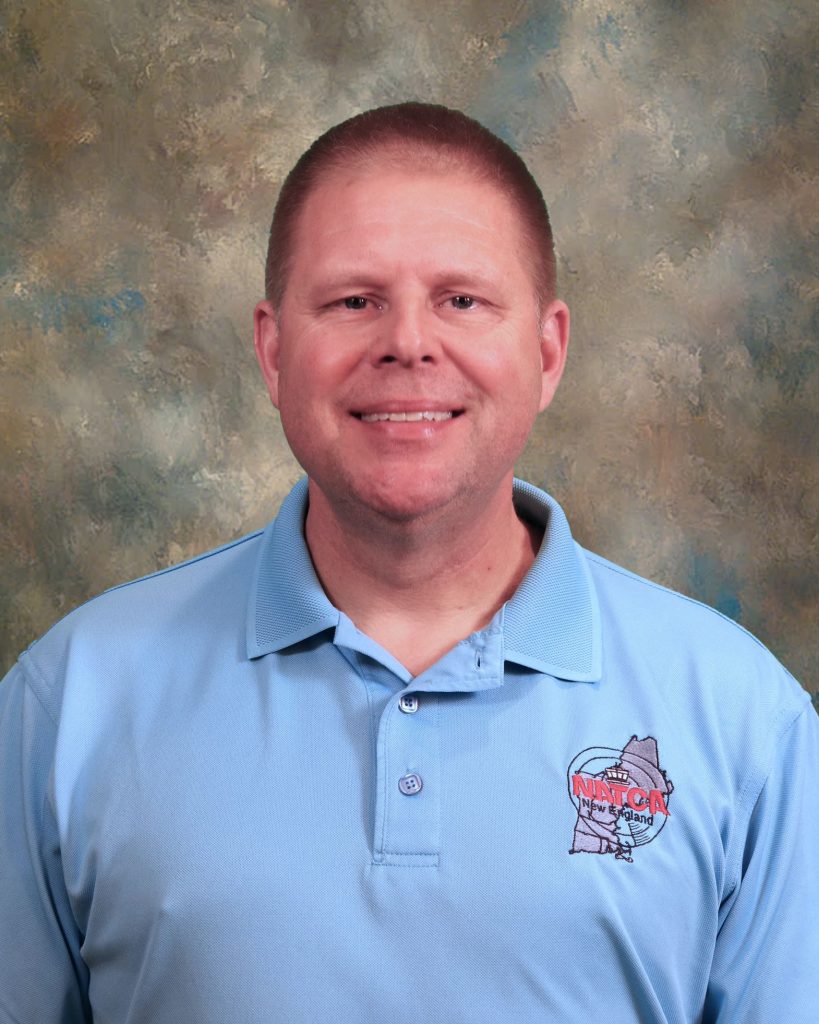
In 1954, Roger Bannister broke through a barrier that many up to that point believed was physically impossible to break through. Human performance has its limits and many of the so-called experts agreed that running faster than a four-minute mile was not possible. For his achievement, he was crowned Sports Illustrated Sportsperson of the year and he was later knighted by the Queen of England.
Fast forward to this Saturday, at my son’s track meet in Boston, at a race that no one has probably heard of nor had any news stories published about. On Saturday, 52 young athletes broke through that same barrier as Roger and it got me thinking about how the once impossible can become common over time. During imposed work rules, it sure felt like partnering with the Agency on issues would be just as daunting of an obstacle as the one Roger stared down. Trust was nonexistent, both sides were positional, and having an interest-based conversation was a rarity.
While it can still be difficult at times for some to collaborate as defined in our contracts, many leaders in New England are in fact successful. We gauge this by meeting with leaders on a regular basis, teaching collaborative skills, and interviewing employees to determine the level of employee involvement and the status of collaboration in our facilities. But also, like running, we cannot just stop training. We must always be working towards improving our collaborative skills!
Introducing New England’s New FacReps!
Kurtis Fotheringham, PVD Facility Representative
Kurtis Fotheringham is the newly elected FacRep at PVD ATCT. It is a level 7 up-down facility where he represents 33 NATCA brothers and sisters.
He first started his FAA career in 2016. He was lucky enough to be hired right out of college where he attended Daniel Webster College in Nashua, NH. His first facility was at San Juan Tower (SJU/TJSJ) in Puerto Rico.
He first got involved with NATCA in 2018 when he attended NATCA in Washington with Mick Devine and Matt Morgan from Boston Tower. After that event, he started taking a lot of the NATCA Academy classes such as Legislative, Advanced Legislative, TRB, and DAC. He now serves as PVD’s newest FacRep and he looks forward to attending this year’s NiW, CFS, and Convention!

Greg Waitkus, MHT Facility Representative
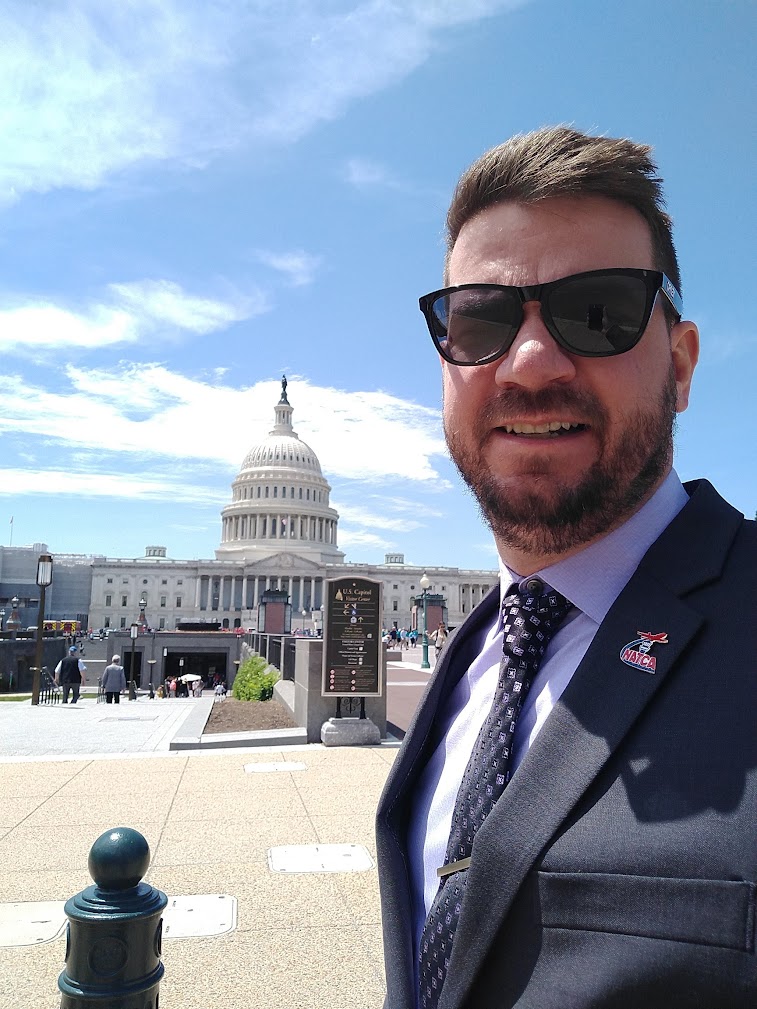
Greg Waitkus joined the team at MHT in June of 2022 and became the MHT Local President on January 1, 2023. He was hired by the FAA in 2010 and spent most of his career in the Eastern Region before arriving in New England. Since 2017 he has been actively involved with NATCA Legislative, first as the Legislative Rep at AGC, and then as the NATCA Grassroots Campaign 2020 co-lead for Pennsylvania where all of the NATCA-backed candidates prevailed in a tough year. He continued his political activism on behalf of NATCA in New Hampshire in 2022.
Greg earned his Private Pilot Certificate in 2012 and has been lucky to have the opportunity to fly all across the United States in small planes. Since moving to Manchester, Greg enjoys spending time in the mountains and forests of New Hampshire, skiing and snowboarding in the winter, and mountain biking and hiking when the weather is fair.
NATCA Benefit Spotlight
Another new discount brought to you by your NATCA Benefits Committee… Sylvan Learning Center!
Whether your child needs to catch up or is looking to get ahead, Sylvan’s experts and proven success will put your child on the path to success. Members and their extended family will enjoy 15% off either in person or online for K-12 and College prep!
Head over to www.natca.org/benefits for more information about this and other benefits available to NATCA members!



